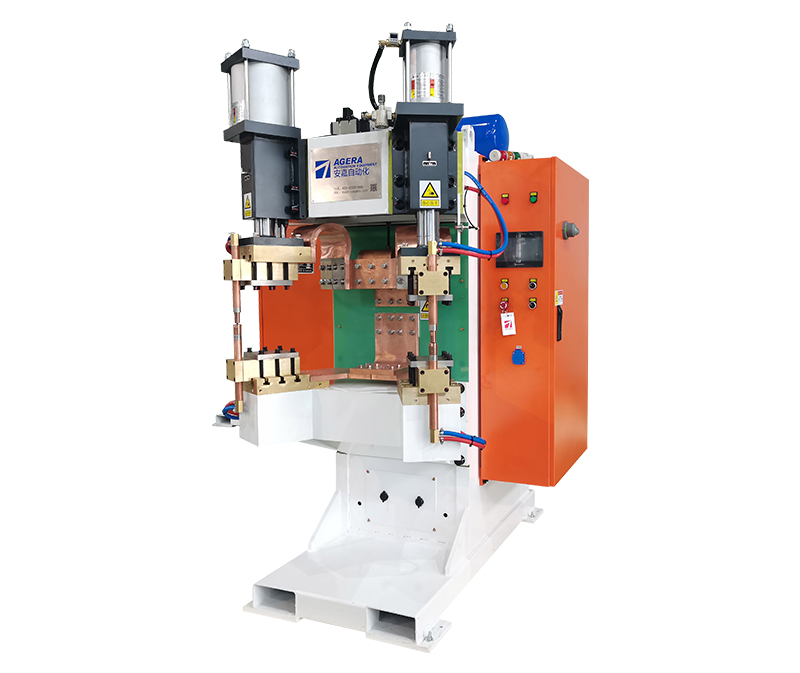Principles of Welding Parameters for Nut Spot Welding Machines
In the world of manufacturing, nut spot welding machines play a crucial role in joining components securely. These machines are highly versatile and can be found in various industries, from automotive to construction. To achieve precise and reliable welds, it’s essential to understand the principles behind the welding parameters used in these machines.
Nut spot welding is a technique that involves using electrical resistance to create a strong bond between a nut and a workpiece. The quality of the weld depends on a range of parameters, each of which plays a significant role in achieving a successful weld. Let’s delve into the key principles of these welding parameters.
1. Welding Current
The welding current is one of the most critical parameters in the welding process. It determines the amount of heat generated during the weld. A higher current creates more heat, which can result in a deeper and wider weld. However, excessive heat can also lead to material distortion and weaken the joint. Therefore, choosing the right welding current is crucial to achieve a strong, consistent weld.
2. Welding Time
Welding time is another essential parameter. It defines the duration of the current flow through the nut and workpiece. The appropriate welding time ensures that the heat generated is sufficient to form a strong bond without causing overheating or burn-through. It’s essential to find the right balance to create a reliable weld.
3. Electrode Force
The electrode force, also known as the welding pressure, influences the contact between the electrode and the workpiece. This parameter is crucial for creating a consistent and uniform weld. Too little force can lead to poor penetration, while excessive force can damage the materials being joined. Maintaining the correct electrode force is vital for a successful spot weld.
4. Electrode Geometry
The shape and size of the electrodes used in nut spot welding machines are crucial factors. Electrode geometry can affect the distribution of current and pressure during the welding process. It’s essential to select electrodes that match the application’s requirements to ensure even welds and avoid issues like burn marks or excessive deformation.
5. Material Properties
The materials being welded also play a significant role in determining the welding parameters. Different materials have varying conductivity and thermal properties. Therefore, it’s crucial to adapt the welding parameters to suit the specific materials involved to achieve the desired weld quality.
In summary, understanding and controlling the welding parameters in nut spot welding machines are essential for achieving reliable and consistent welds. By carefully adjusting welding current, time, electrode force, electrode geometry, and considering the material properties, manufacturers can ensure that their products meet the highest standards of quality and durability. These principles underpin the foundation of effective welding with nut spot welding machines, making them indispensable tools in modern manufacturing.
